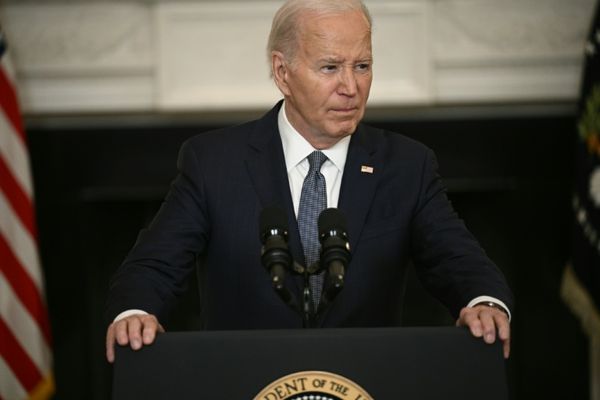
Attracting millions around the world with their beauty, some of the world’s most popular natural destinations have been struggling with an inflow of visitors who have increasingly been seeking out remote and outdoorsy places in the travel era post-pandemic.
“This longing for simplicity has extended to travel,” social media platform Pinterest (PINS) recently wrote in its 2024 Summer Travel Report. “Since last year, searches for 'quiet places' and 'calm places' have increased by 50% and 42% respectively.” While often a transformative experience for travelers, such a shift invariably strains remote destinations that often do not have enough people to clean up after such large numbers of visitors.
Related: Travelers are paying big money to see an exploding volcano in Iceland
In an effort to combat overcrowding, several U.S. national parks have started introducing a slotted entry system in which visitors during the popular summer season have to go online and pick a time slot for when they plan to drive in.
Coming to Mount Fuji? The rules for hiking the most popular trail are changing
Mount Rainier National Park in Washington state, Zion National Park in Utah and Rocky Mountain National Park in Colorado have all either launched or brought back such a slotted entry system from last year. Doing so gives park authorities the chance to see how many visitors are coming and cut off entry if the park gets too busy.
More on travel:
- Another National Park just made it more difficult for you to visit
- Delta Air Lines makes a baggage change that travelers will like
- United Airlines passenger incident triggers quick response
Thousands of miles away, the Yamanashi prefecture in Japan also announced that those interested in visiting the Yoshida Trail of Mount Fuji between July 1 and Sept. 10 will need to register their slots. Each day will have a limit of 4,000 hikers that can enter the 12,300-foot volcano’s most popular trail — 3,000 of those spots will open up to online bookings a few weeks before the date for a fee of 2,000 yen (approximately $13 USD) while the other 1,000 will be reserved for day-of bookings and group tours.
The goal is also to combat overcrowding that has worsened significantly in the last few years; the slotted system will cap numbers of visitors to what the area is able to handle as determined by park authorities.
Related: Another National Park just made it more difficult for you to visit
‘Overtourism and subsequent consequences is the biggest problem facing Mount Fuji’
“Overtourism – and all the subsequent consequences like rubbish, rising CO2 emissions and reckless hikers – is the biggest problem facing Mount Fuji,” Yamanashi government official Masatake Izumi said to CNN in 2023.
Mount Fuji was designated a UNESCO World Heritage Site in 2013 and has since seen even greater numbers of tourists from outside Japan. The country’s Environmental Ministry estimates that 221,322 tourists came to the area in 2023 and that number has been spiking since the country started opening up to international visitors in 2022.
While most come only to hike Yoshida, there are also opportunities to stay in Mount Fuji overnight by booking a special camping hut or hiking additional trails such as Fujinomiya, Subashiri and Gotemba. Visitors who access Mount Fuji from the Shizuoka prefecture have been getting asked to make a 1,000-yen (roughly $6.4 USD) donation since 2014 that is redirected toward an environmental protection and cleanup fund.
Related: Veteran fund manager picks favorite stocks for 2024







